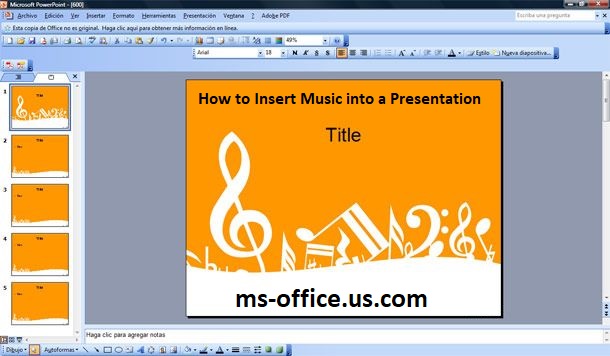How Do I Perform Disk Error Checking in Windows 10?
Disk errors are a constant issue when working on a system it shuts down automatically because of power failure or other problem that doesn't require proper shutdown for the OS. Windows 10 uses the chkdsk tool to look for problems on the disk that could result from any issues. The program can solve all issues connected to the table of allocation to files and the file system at any possibility. Broken links and damaged sectors, the crossed linked files, as well as issues associated with directory errors are all addressed by the chkdsk utility. office.com/setup

Utility
The utility requires stand-alone access to the drive when the process is in progress so no other file must be open at the moment you want to examine your disk for any errors. The most effective method to do this is to do it manually, even though the program automatically performs this whenever your system is confronted with an unusual circumstance. The program runs at a rate that totally is dependent on the amount of folders and files in the drive. The program chkdsk in two ways that are related to the execution of command prompt by the utility chkdsk, and the execution of chkdsk on my computer using the Explorer.
Steps
Click Start and move onto run. You can use this tool using the Windows key + R to enter the run app. Write cmd and you will be taken to the Command Prompt. Another method to accomplish this is to go to the Programs menu , and then go to the Accessories menu. Once you are at the prompt for command, there are three choices. The first execution of chkdsk runs in read-only mode which only detects the possible errors on the disk. The execution is not able to provide accurate information when it is in read only mode. Another option is to perform the process in a manner that allows you to fix the issues and errors and also without sifting through the volume to find bad sectors. Third option is when the program performs the entire operation that includes identifying problems, errors and bad sectors as well as attempts to solve the problem. Simply type chkdsk on the command line and run the read-only version. Then type the chkdsk (volume letter):/f. This switch will only work only if there is no open files from the volume you specify. This command will only search for errors and fix them, without sifting for bad sectors. Chkdsk (volume letter):/r would take your to the 3rd option. This option requires full access to the volume on the disk, which means there is no other file that can be opened at the same time.
The graphic interfaced version of the chkdsk tool is available included in the System tools. It is accessible via My Computer. Double-click in My Computer followed by a right-click on the volume you would like to test. Then, go to the properties menu at the lower part of the disk volume's right-click menu. You have to launch the chkdsk process when you click Check Now in the Error-Checking tab.
Again, you will be presented with three options accessible in the form of check box selection. You could choose to do reading only check by selecting no check box or repair and repair checking using the Automatically fix errors in the file system check box, or repair and fix of errors as well as bad sectors, by checking "Scan" and try the recovery of bad sectors box. office.com/myaccount


